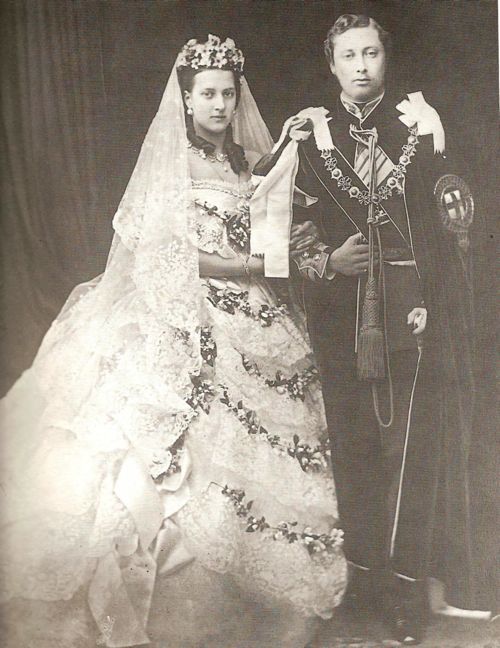Ceremony Matters - by Lois Heckman
There is no country, culture, religion or tradition that does not celebrate marriage. As I recount here a brief history of weddings I’ll confine it to our roots in Western civilization - I couldn’t possibly explore the entire planet, this topic is big enough already! Here are some highlights.
The earliest evidence of weddings is found to be about 4,350 years ago. Anthropologists believe that before that families were loose groups of people, about 30, with several leaders and shared partners. There is evidence showing a marriage ceremony from about 2350 BC in Mesopotamia. It spread from there, being embraced by the ancient Hebrews, Greeks and Romans.
The earliest examples of wedding rings are from ancient Egypt. This tradition, traced back to those ancient Romans and Greeks, was adopted by Christians in Europe in the Middle Ages. The rings were braided or woven out of reeds or leather, but the rich and powerful had beautiful metal rings. We know this because they have been unearthed, often made of gold and jewels and can be seen in many museums.

Tossing rice and carrying bouquets have clear meaning. Because growing food and producing children was central to survival, rituals involving grains developed. You can be sure anything involving grain was used to petition the gods for successful crops and births. Bouquets, made of various herbs, were thought to promote fertility. But the fragrant bouquet was also supposed to ward off evil spirits, and cover the smell of the unwashed. Today fragrant flowers are still used, so take a deep breath and toss the rice!
Contrary to what we see in the movies and television, ancient unions had little or nothing to do with love, or even religion. It was a way to guarantee that the man’s children were his, biologically, and thus his property, and his children were his work force. Marriage also had to do with the alliances of families – bringing powerful dynasties and countries together.
Monogamy is seen as central to marriage, but historically polygamy was very common, especially in Biblical times. Men with high status could afford many wives, but most had just one. That makes sense because otherwise there wouldn’t be enough women to go around. Monogamy became the standard somewhere between the sixth and ninth centuries, as the kings and nobility battled it out on this principle with Catholic Church. Guess who won?
Speaking of the church, the next big step in the history of marriage was the rise of Roman Catholicism in Europe. By the eighth century marriage became a church sacrament. In 1563 it was written into canon law.
In an interesting contrast, ancient Judaism also negotiated marriage for alliances and property, but women did have some rights and could actually even get a divorce. The Ketubah, a marriage agreement, spelled out those rights, and is still used today. The belief that men ‘owned’ their wives persisted for centuries in almost every religious sect. Only about 250 years ago did the idea of love in marriage gain traction.
Most of our modern traditions begin with the Elizabethan era. Between 1558 and 1603 marriages were mostly still arranged and women could consent at age 12, and men at 14, but some of the customs we are familiar with began then, including the bridesmaids and groomsmen, the processional, a religious officiant, and an extravagant feast.
During our Colonial times marriage licenses appeared, invitations were sent, and the ceremony now took place in the home where a minister presided, and a nice party followed.
The Victorian area (1800’s) brought us the famous white wedding dress, along with veils and flowers, and back to church for the ceremony. A small dinner followed the ceremony, and a larger breakfast party the following day.

The modern wedding as we know it today really took its form after World War II. In an era of prosperity and peace, impressing your friends became important not only for the rich, but for the growing new middle class. A crucial influence was the new mass communication - newspapers and magazines, and eventually television - so that modern couples developed a shared vision of what a wedding should look like, or at least what they were told it should look like.
Efforts to legalize same-sex marriage began across our country in the 1990s, and with it challenges on the state and national levels. Civil unions for same-sex couples existed in many states but created a separate but equal standard. Massachusetts became the first state to legalize same-sex marriage with many states to follow. It became obvious that if a couple could be married in one state but not carry those rights in another state something needed to be done. On June 26, 2015, the Supreme Court decision in Obergefell v. Hodges made marriage equality the law of the land giving same-sex couples in all 50 states the right to full, equal recognition under the law.
